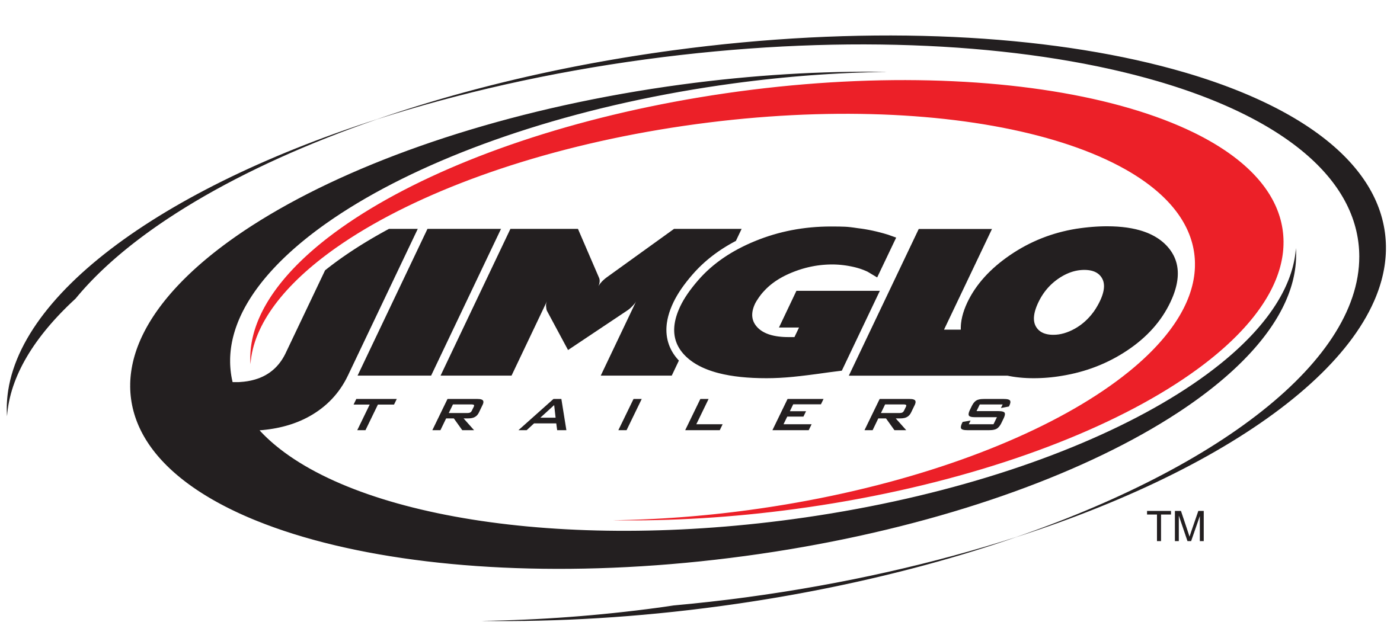Loading a car onto a tilt trailer requires careful attention to detail and proper technique to ensure both your vehicle and trailer remain safe during the process. This guide will walk you through each step, from initial preparation to final securing procedures.
Pre-Loading Preparation
Start by making sure your trailer and tow vehicle are ready for the job. Check that the trailer brakes and breakaway system work correctly. Make sure all tires, including those on your trailer, are properly inflated. Test the brake lights, turn signals, and marker lights to ensure they’re functioning. Inspect the safety chains and hitch to confirm they’re secure and properly rated for your load. Finally, test the tilt mechanism to ensure it operates smoothly before loading the car.
The right location can make loading much safer. Look for a flat, solid surface—avoid areas with uneven or soft ground. Make sure there’s enough space for your tow vehicle and trailer to move freely. If it’s dark, ensure the area is well-lit. Stay away from busy roads and traffic whenever possible to give yourself a safe working environment.
Step-by-Step Loading Process
Park your tow vehicle and trailer on level ground. Keep them in a straight line to make loading easier and prevent unnecessary strain on the hitch. Engage the parking brake on your tow vehicle and place wheel chocks behind the trailer’s wheels. Clear any debris from the trailer bed to avoid damage to your car during loading.
Before tilting the trailer bed, ensure there’s enough space behind the trailer. Test the tilt release lever to make sure it works smoothly. Check all locks and mechanisms for proper function. If someone is helping you, establish clear communication and review hand signals to guide the process.
Release the tilt mechanism slowly so the trailer bed lowers at a steady pace. Once the bed is fully tilted, check that it’s stable and forms a manageable angle for loading. Ensure the transition between the ground and trailer is smooth enough for your car’s ground clearance.
Align your vehicle with the center of the trailer. Drive slowly and steadily toward the trailer, keeping your wheels straight. If you have a spotter, maintain visual contact and follow their signals. A slow, controlled approach is key to keeping your car aligned and safe.
As the car moves onto the trailer, take extra care at the transition point where the trailer bed meets the ground. Maintain steady throttle and watch for any shifts in the trailer. Keep moving forward until the trailer bed begins to level.
As your car moves fully onto the trailer, the tilt bed will return to a flat position. Listen for the locking mechanism to engage, ensuring the trailer is secure. Once the bed is level, bring your car to a complete stop, engage the parking brake, and put the car in park (or first gear for manual transmissions).
Before exiting your car, double-check that the trailer bed is locked in place and stable. Carefully open your car door, ensuring there’s enough clearance to avoid hitting the trailer. Step out slowly, keeping three points of contact for stability.
Securing Your Vehicle
Use heavy-duty tie-down straps to secure your car. Attach the straps to proper tie-down points on both the car and the trailer, avoiding suspension components or fragile parts. Angle the straps at about 45 degrees for stability. Tighten each strap evenly to prevent shifting during transport. Double-check that the straps aren’t rubbing against sharp edges or hot surfaces that could weaken them.
Special Considerations
Wet surfaces can make loading slippery, so take it slow and steady. Clear snow or ice from the trailer bed during winter, and consider using sand or salt to improve traction.
For low-profile cars, pay special attention to the approach angle. Use wooden blocks or ramp extensions to create a gradual incline, reducing the chance of scraping. Extra spotters are helpful for monitoring clearance from all angles.
If your car doesn’t run, you’ll need a winch. Make sure the winch is strong enough to handle your car’s weight. Keep the cable aligned to avoid damage and check alignment as you pull the car onto the trailer.
Helpful Features of JIMGLO Open Car Tilt Trailers
JIMGLO’s open car tilt trailers make loading easier and safer, especially for low-profile cars. The single-lever tilt system creates a smooth, zero-degree approach angle, perfect for sports cars and other vehicles with low ground clearance. Removable fenders provide better access to the vehicle once it’s loaded, while the “6-inch rule” ensures optimal weight distribution for safer transport.
Final Safety Checks
Before hitting the road, inspect the trailer one last time. Confirm that all straps are secure and the trailer bed is locked. Test the lights and check the tongue weight to ensure proper balance. Review your planned route for any clearance issues or difficult terrain.
Next Steps
Loading a car onto a tilt trailer takes practice, but with the right steps and equipment, you can ensure a safe and hassle-free experience. Always prioritize safety over speed, and take the time to double-check each step.
For specific loading instructions, refer to your trailer’s owner manual or if you have one of our JIMGLO Ego open car trailers, please contact us online or by phone at 520.384.4564 or toll-free at 888.5.JIMGLO for any questions or concerns.
